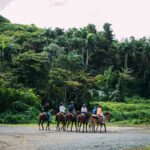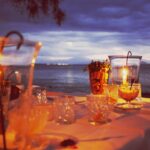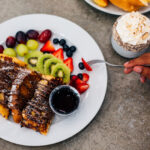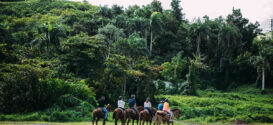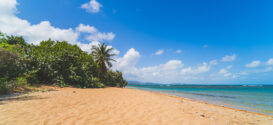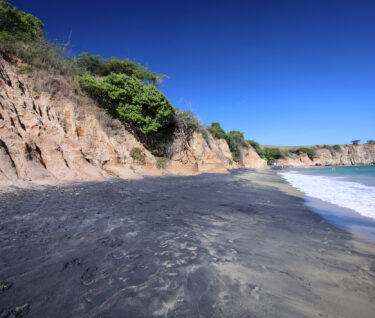
Top 8 Things to do in Vieques
Home to sublime beaches, the world’s brightest bio bay and an authentic Caribbean vibe, Vieques is one of the world’s most alluring island escapes.
An island municipality, 99km (62 miles) offshore from San Juan, Vieques is famed for its breathtaking beaches, impossibly blue waters and laid-back vibe. A charming distillation of the main island, Vieques mesmerizes visitors above and below the water. Surrounding this 21-mile-wide island, coral-studded waters harbor a profusion of marine life and semi-wild horses roam in the wild, rugged interior. A bucket-list item for many travelers, a nocturnal kayak through Vieques’ bioluminescent Mosquito Bay is an unforgettable experience. For over 60 years, the U.S. military’s presence proved both a boon and a bane, protecting Vieques from the rampant overdevelopment of neighboring islands in the Greater Antilles.
1. Mosquito Bay
Boasting the highest concentration of phosphorescent dinoflagellates, Mosquito Bay is universally hailed as the brightest of the world’s five bio bays. Kayaking excursions with a recommended outfitter provide exhilarating close encounters with this rare biochemical emission of light. Each ripple caused by either the oar, the gentle flap of a nearby fish or a hand skimming the water ignites magical fluorescent-blue sparkles below the surface. Most tours leave from Esperanza, on the south of the island. As Mosquito Bay forms part of the Sun Bay Nature Reserve, swimming here is not permitted and the bay is only open to licensed tour companies with permits, not individuals. Most tour companies operate two tours each night, at sunset and 9pm—minimum age is generally 6 years. Note that there are no bio bay tours the day before, during and after the full moon. The waterways are protected by outer reefs and mangroves so you can expect calm conditions with no currents.
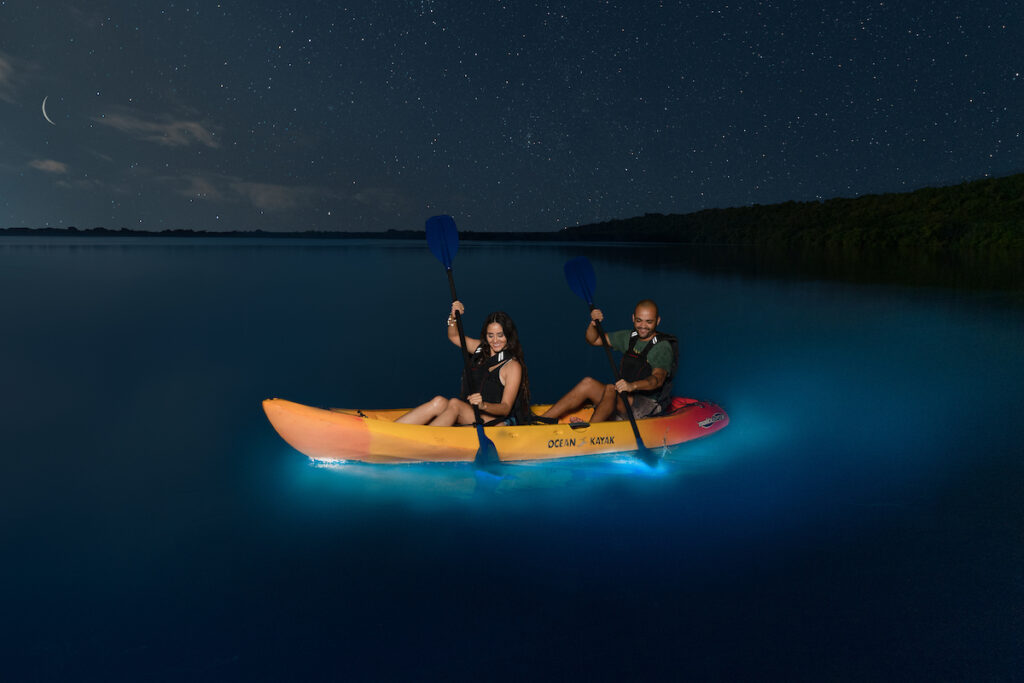
Always try to schedule your tour on a cloudy, moonless night to allow for ideal viewing” —Che Cimadevilla
2. Vieques National Wildlife Refuge
From 1940, two-thirds of Vieques—mostly on the island’s eastern side—was used as a bombing range for the U.S. Navy. In 2003, the bases were reclaimed and protected as part of the Vieques National Wildlife Refuge. For sheer size and ecological importance, no refuge in the Caribbean comes close. Distinct habitats—coral reef, sea-grass beds, white-sand beaches, mangrove wetlands and upland forests—provide a haven for endangered species, including sea turtle, manatee and the brown pelican. Hiking trails crisscross rugged hills overlooking the island’s spectacular coastline and on the island’s western side. Trails that skirt the base of Monte Pirata—the highest peak—are ideal for cycling. Mosquito Bay and many of the island’s renowned beaches, including Playa La Chiva, are located within the reserve. Snorkeling is permitted in designated areas.
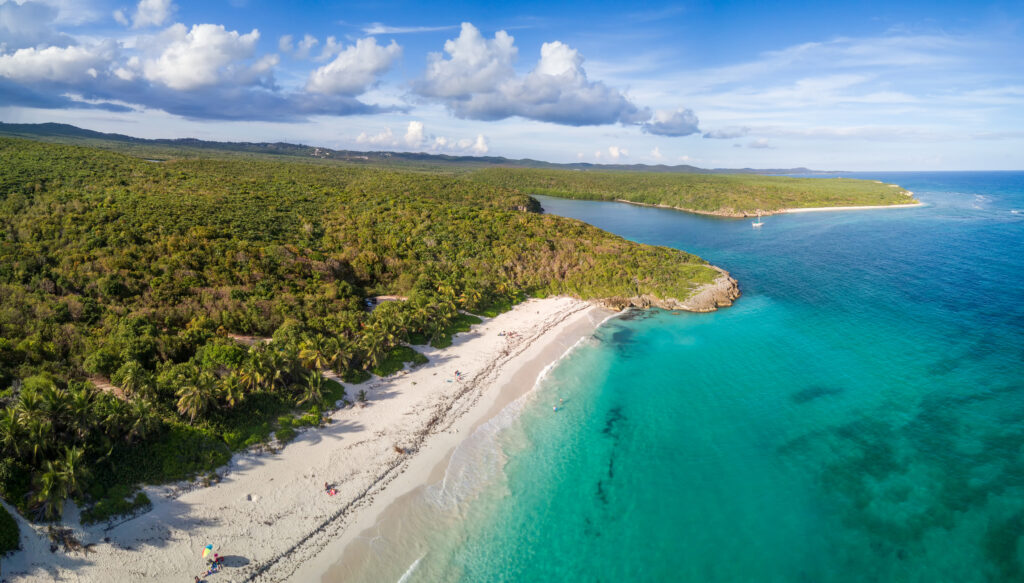
3. Playa La Chiva & Playa Negra
Vieques’ wild, pristine beaches frequently rank among the world’s best. On Vieques’ southeastern shore, La Chiva Beach is a textbook Caribbean fantasy, a beautiful swathe of soft white sand protected by mangroves and scrub trees. Christened “Blue Beach” by U.S. forces, it stays true to its moniker with hypnotic swirls of crystal-clear water cast in shades of turquoise, azure and royal blue. Towards the eastern end of the beach, coral-studded waters alive with tropical fish beckon snorkelers. Myriad coves dot the coastline between Playa La Chiva and Playa Plata—during the week you’ll rarely see another soul. For drama and solitude, head to the otherworldly Playa Negra (Black Beach), a slither of black sand resulting from the volcanic activity of Monte Pirata peak. To access the beach, it’s a 15–minute stroll through tropical forest and along a riverbed.
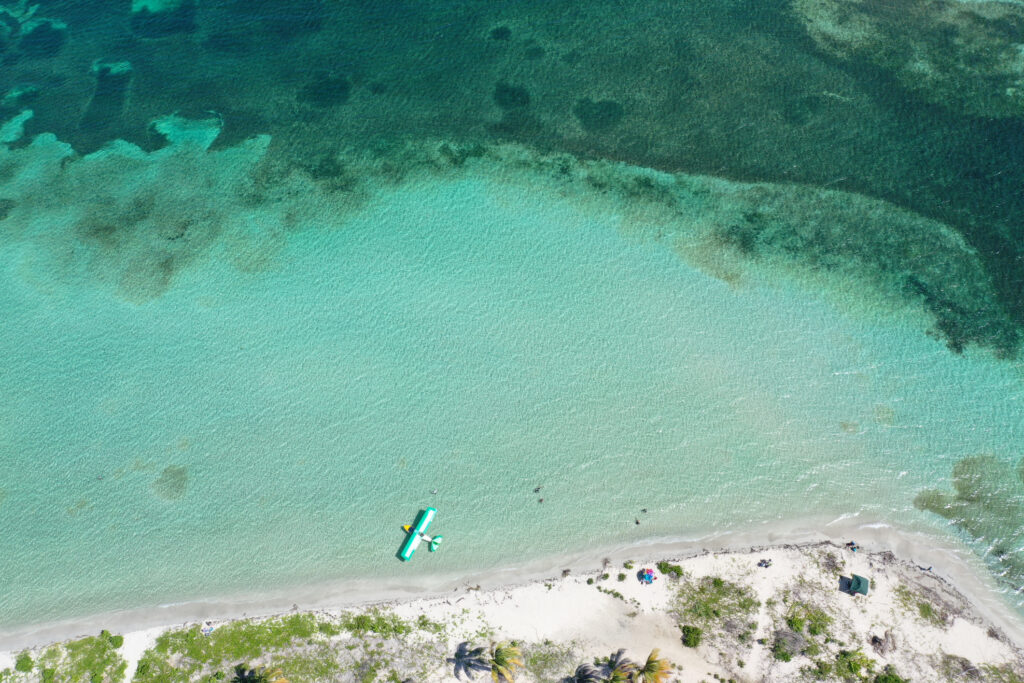
4. Snorkeling
Protected by the Vieques Wildlife Refuge, Vieques’s gin clear waters offer some of Puerto Rico’s most enthralling and family-friendly snorkeling experiences. With excellent visibility, Playa La Chiva is one of the best places to swim with the green turtles and southern stingrays that carouse the seagrass. On the north coast, the former military pier of Rompeolas-Mosquito is another storied site. The pier was built in 1941 to connect Vieques with the mainland of Puerto Rico; the plan was abruptly abandoned in 1943. Today, coral-covered beams and pillars provide a haven for marine life, such as turtles, starfish, sea urchins and vibrant tropical fish.
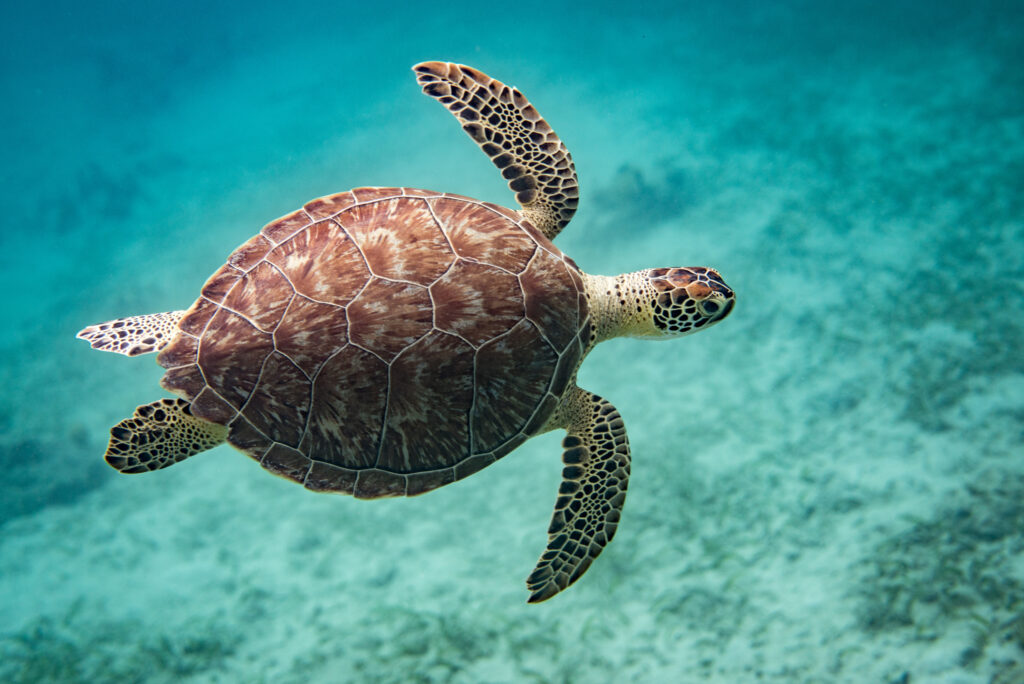
5. Esperanza
A glorious Caribbean throwback, you won’t find fast food chains, behemoth hotels and tourists gone wild in Esperanza. As the island’s tourist hub, this bijou town oozes charm and is often likened to Key West for its eclectic, anything-goes Caribbean vibe. The town’s ocean front Malecón is dotted with colorful homes emblazoned with murals, characterful boutique hotels and open-air restaurants. Esperanza epitomizes Vieques’ simple pleasures with paso fino horses clip clopping along the streets, locals speaking mostly Spanish and a welcoming, unpretentious spirit. Fronting the village, Playa Esperanza offers accessible snorkeling, and a short stroll brings you to Sun Bay’s powdery white sands, fringed with palm trees.
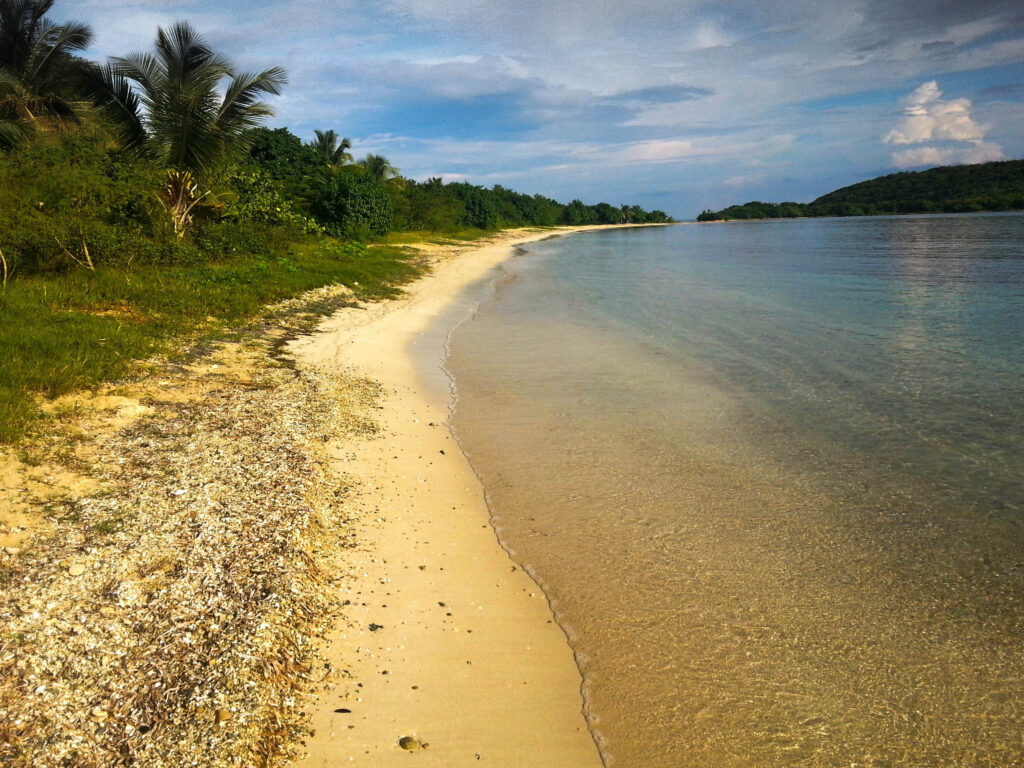
6. Wild horses
Vieques’s “wild” horses—free range is a more apt term—have become a symbol of the island and part of its unique allure. Most of the horses are descendants of paso fino horses brought over by the Spanish centuries ago. They are privately owned, often branded and allowed to roam free in search of pasture. The paso fino is famous for its smooth, graceful gait—they always have three hooves touching the ground—and their “brio” or zeal. To catch a glimpse of the horses galloping beside the ocean or through the wild interior is a truly memorable experience. As a result of unchecked breeding, horses now number in the thousands and many islanders have vocalized concerns over equine health and safety. Initiatives have been put into place by the Humane Society to ensure the horses are properly cared for. Horse riding is a wonderful way to explore the island’s rugged interior and spectacular coastline. Experienced riders can fulfil the classic dream of galloping along the secluded beaches with Esperanza Riding Company.
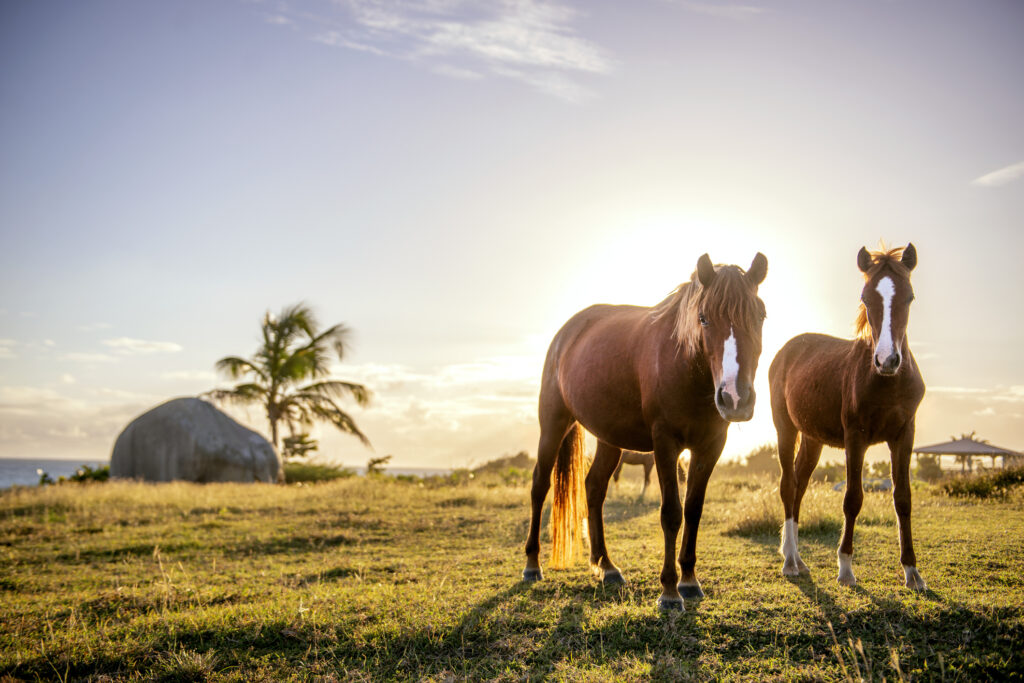
7. Flavors of the Caribbean
Foodies will not be disappointed with the range and quality of dining options on Vieques. From sushi and steak to innovative riffs on classic Puerto Rican dishes, the island’s restaurants combine stunning settings with well-executed, chef-driven cuisine.
On Esperanza’s Malecón, El Blok is one of the island’s best, high- end restaurants. Helmed by Chef Carlos Perez, the creative menu showcases locally sourced produce and ingredients. Menu highlights include grilled catch of the day served over mofongo, shrimp ceviche and pasta with lobster. After dinner, you can mix with locals on the rooftop bar and sample El Blok’s outstanding mixology; try the Smoky Piña, a piquant mix of tequila, mezcal, Cointreau and charred pineapple.
Overlooking Esperanza’s bay, El Quenepo is the island’s most elegant restaurant. Artfully presented contemporary dishes include pancetta-wrapped dorado (mahi mahi) with seafood risotto, whole fried red snapper and spiny lobster. In Isabel Segundo, Rising Roost is one of the island’s much loved breakfast spots, with a health-centric menu featuring fresh fruit smoothies, avocado toast and açai bowls.
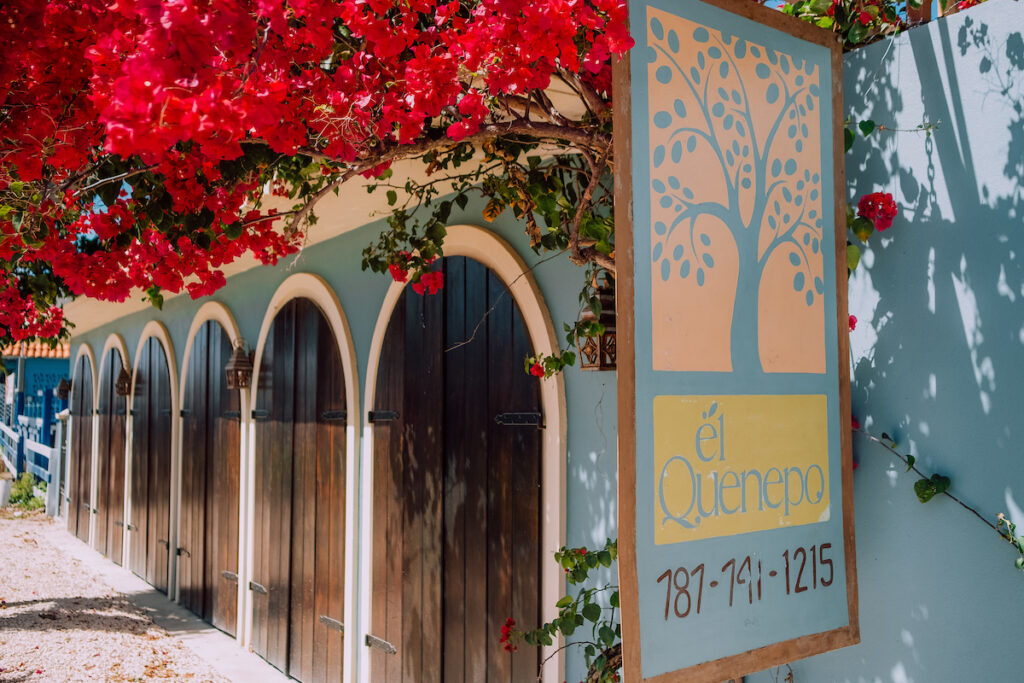
8. El Fortín Conde de Mirasol
Built in 1845, Vieques’ fort was the last fortification built by the Spanish in the Western Hemisphere. High on a bluff, overlooking Isabel Segunda, the fort successfully defended Vieques from attacks by British, Dutch and French colonists, and plundering pirates. The citadel lay abandoned until 1991 when it was meticulously restored and transformed into a small museum. Exhibits include a collection of artifacts from the Taíno people—who lived here before the arrival of the Spanish—as well as arms, maps and artifacts dating to the Spanish conquest. There’s also a bust of the revered liberator Simón Bolívar, displays that depict the presence of the U.S. navy and rotating works by contemporary Puerto Rican artists.
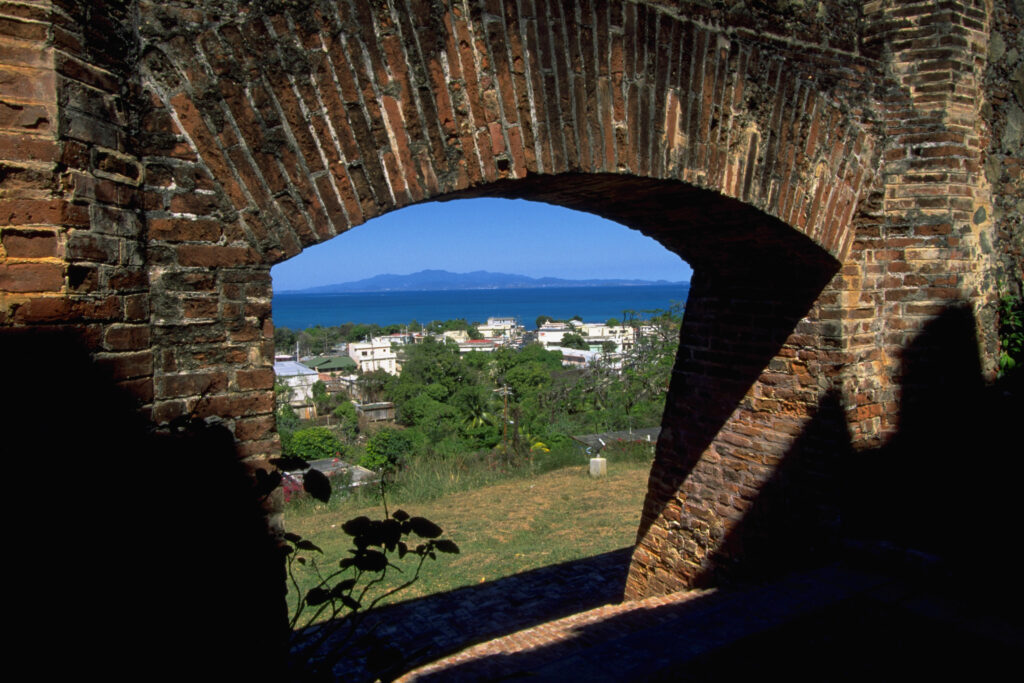
Getting to Vieques
The only way to reach Vieques is by plane—commercial, charter or private flight—a public ferry from Ceiba or a day trip via a high-speed catamaran or yacht. Click here for detailed information.
